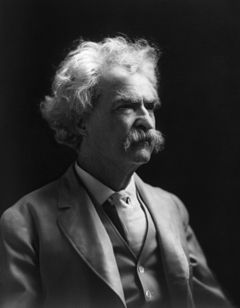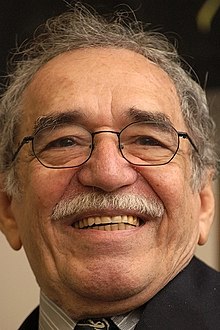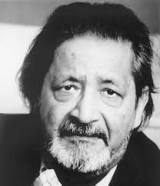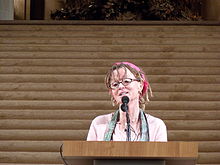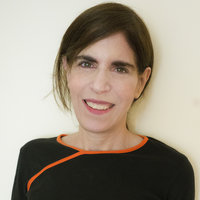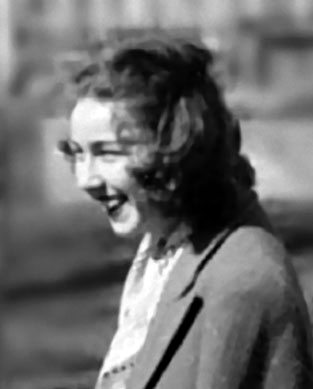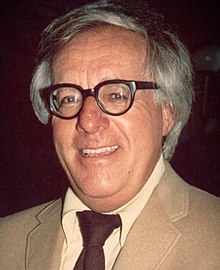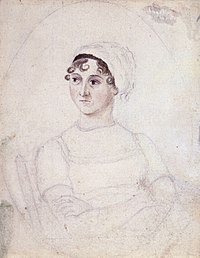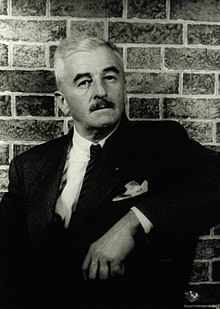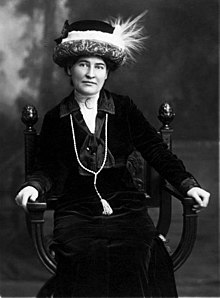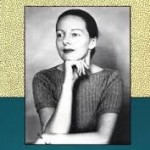
My winter Seattle Writing Class, Follow the Story, will explore a number of writing genres, including memoir writing. Memoir is especially useful in treating questions of identity, a particularly American dilemma, as this is a country without strong classes and social norms. Identity often has to be negotiated, explored as a mix of ethnic, social, economic, psychological, and other dimensions. The fluid nature of American society leads many writers to pose questions such as, Who am I? Where do I belong? What does it mean to be American? These are some of the topics we’ll discuss in my Seattle Writing Class.
One of the crucial tests for a memoir is finding this larger issue. What does this life illustrate? What has the narrator learned from his or her life? Without a larger point, a personal memoir can easily lapse into boring, repetitive, poor-me stories. Humor is an especially effective antidote to this, showing that a writer has a perspective on his or her life. This sense of perspective helps give the memoir a point, avoiding the trap of what Joyce Carol Oates called “pathograpy”, memoirs that uncover disease, disaster, and sickness and revel in it, without trying to give a sense of how such a condition can be transformed.
For many Americans, discovering their identity comes from travel. Over the years Europe has Writing Memoirs For many Americans, discovering their identity comes from travel. Over the years Europe has been one of the most popular destinations in this regard. In Map of Another Town by M.F.K. Fisher, she discovers a sense of herself when enduring trying circumstances while living in Aix en Provence. Fisher went on to become the dean of American food writers and much of what she learned came from her experiences, both good and bad, while living in France. Fisher has to struggle to discover who she is within or outside French society. Struggle is essential to a good memoir. Without it, there’s little suspense and little sympathy generated for the writer.
For more on memoir and other genres, please consider signing up for my Seattle Writing Class, Follow the Story.
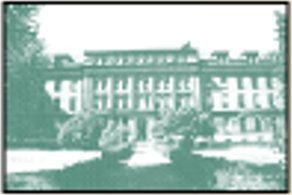 The Writer's Workshop
The Writer's Workshop 

